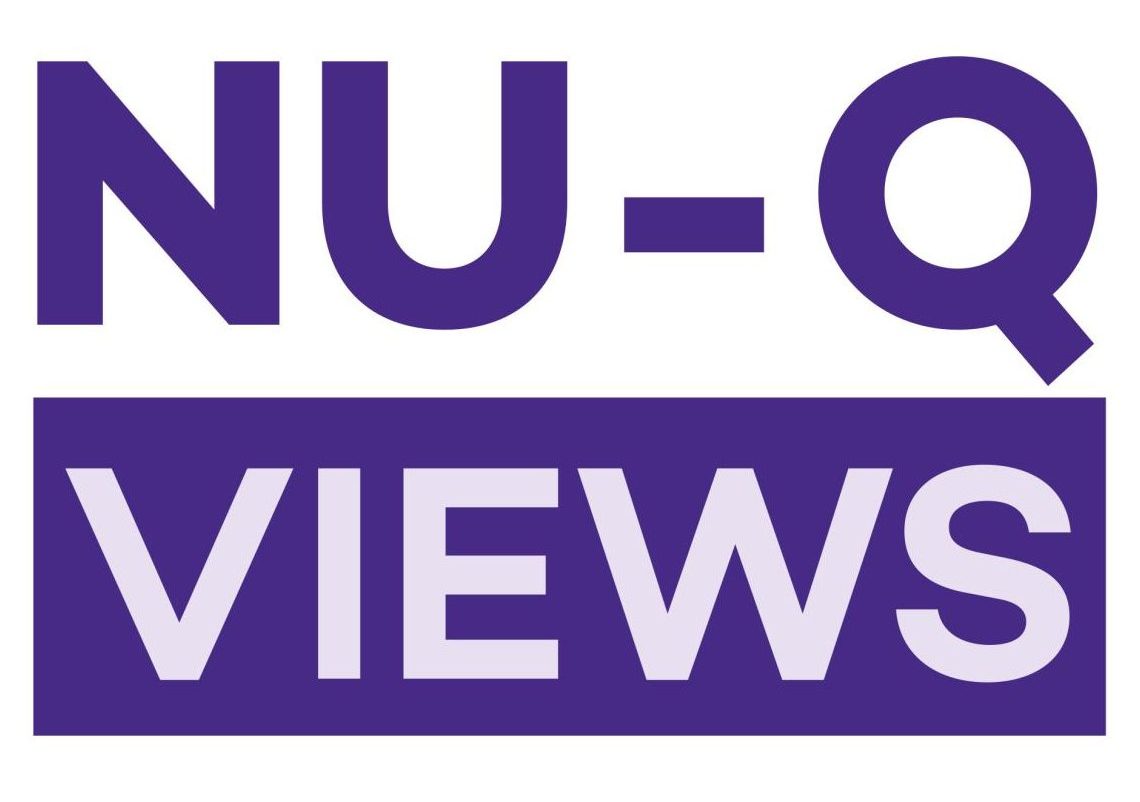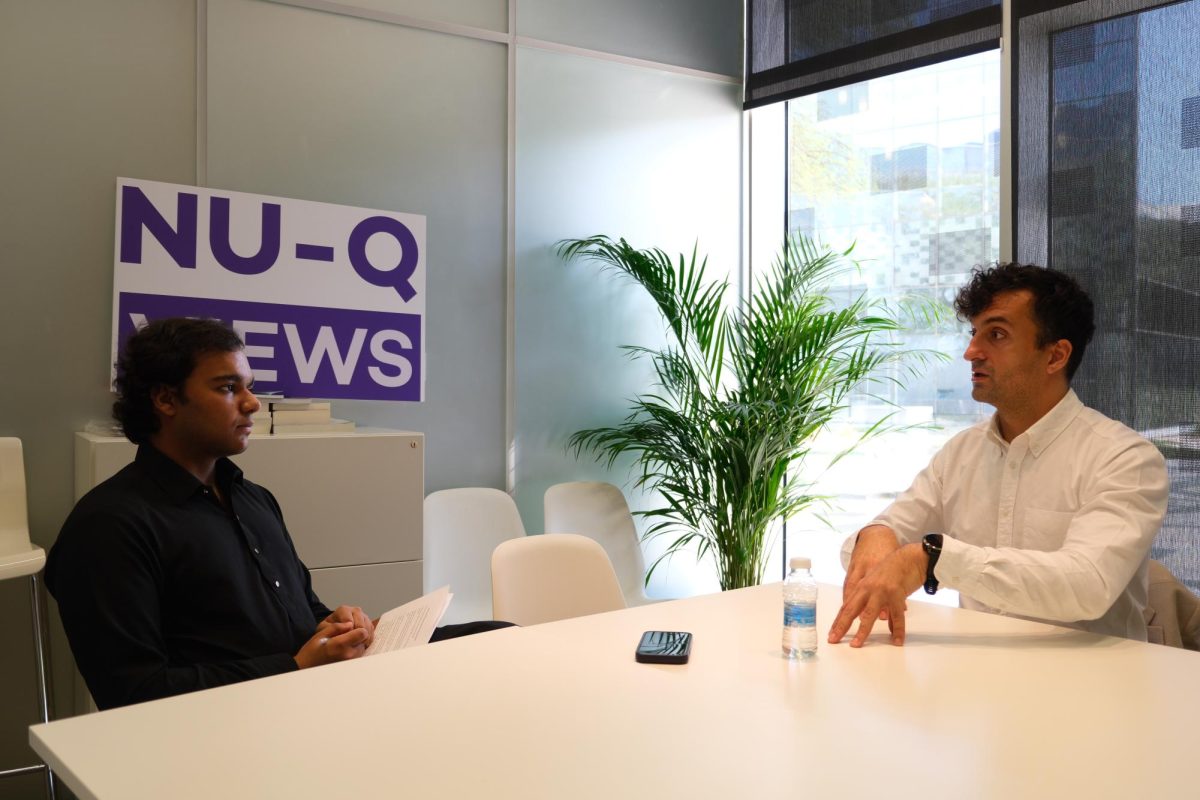Incomprehensible answers and clunky translations plague over three hundred million Arabic speakers who attempt to chat with Artificial Intelligence bots in their native language. As many existing Large Language Models (LLMs) are not designed to tackle the linguistic complexity of Arabic or the cultural codes embedded in its usage, countries in the Gulf Cooperation Council (GCC) are developing advanced Arabic LLMs to meet the needs of millions of users.
LLMs are functional machine learning models, a type of generative AI, trained on immense amounts of data and capable of understanding and generating natural human language. From virtual customer service assistants to AI-powered writing tools to context-sensitive search engines, LLMs are shaping communication and education in the online world. In the past two years, the UAE, Saudi Arabia, and Qatar have each launched sophisticated Arabic-centric LLMs. Launched in December 2024, Qatar’s Fanar, which translates to “lighthouse” in Arabic, is the most recent addition.
“There’s a clear trend emerging,” said Wajdi Zaghouani, an expert in digital humanities and a professor at Northwestern University in Qatar (NU-Q). “[GCC countries] recognize the strategic importance of having AI systems that truly understand Arabic language and culture. This isn’t just about technology – it’s about digital sovereignty and preserving cultural identity in the AI era.”
The surge in the development of refined Arabic LLMs in the GCC reflects a wider trend of AI adoption in the region. Users of AI tools in the Gulf states increased from 2.51 million in 2023 to 3.10 million by the end of 2024.
This increase in Arabic LLMs also coincides with a growing market for generative AI applications— 88% of CEOs in the GCC reported adopting generative AI technology in 2024, according to a survey of CEOs in the Middle East published in January 2025 by PwC.
To meet this growing demand from users and businesses, LLMs such as the UAE’s Jais, Saudi Arabia’s ALLaM, and Qatar’s Fanar were developed. Fanar, in particular, is uniquely designed to work across Arabic dialects and is attuned to Arab cultures. Beyond responding to market demand, these models are built to bridge the gap between Arabic speakers and LLM tools.
Until now, most large language models have been created in Silicon Valley and are based substantially on the English language. Generative AI, such as LLMs, is a unique technology. These models act as vessels of culture, sculpted from the very first stage of data collection to the final stages of supervised fine-tuning to operate within cultural codes inherited from the data they are fed.
“We noticed that there’s a clear gap between what these large language models [from regions like the U.S.] offer, compared to the real needs of the Arab and Muslim communities,” said Dr. Mohamed Eltabakh, principal scientist at Hamad Bin Khalifa University’s Qatar Computing Research Institute. Eltabakh added that because the influence of cultural context is especially evident in how generative AI functions, GCC countries quickly noticed and addressed this gap in existing LLM technology.
For frequent users of LLM technology, the development of dialect-sensitive Arabic-language LLMs like Fanar is an interesting prospect. “I think [an Arabic LLM] is useful in certain situations, especially for people fluent in Arabic…but since many people today don’t speak formal Arabic, I kind of see a limitation in [existing Arabic LLM technology], ” said Abeeha Shoaib, a fourth-year student at Carnegie Mellon University in Qatar (CMU-Q).
Shoaib is working as an AI intern at Qcloud, a data center services company that also develops LLMs. She notes that large language models have “a huge value” in learning and teaching, and evolved Arabic LLMs that reflect speakers’ colloquial usage are more beneficial than models that solely work in standard Arabic.
Educators also see the benefits of introducing Arabic LLMs to classrooms, especially in the cultural and linguistic context of Qatar. Robert Laws, educator and data librarian at Georgetown University in Qatar (GU-Q), believes many students would be interested in this technology, especially since it connects them not just to the Arabic language but also to the history and traditions constructed around it.
“There’s value in bringing some of these other LLMs that are Arabic-based or based in other languages [to the classroom]… it gives us the opportunity to help speakers of these languages to feel like they’re not being forgotten,” he said.
The trend toward developing sophisticated Arabic LLMs in GCC countries is a move toward creating “a more balanced global AI ecosystem,” NU-Q’s Zaghouani said. “It might lead to better cross-cultural understanding and could serve as a model for other regions looking to develop AI systems that preserve their linguistic and cultural heritage.”







